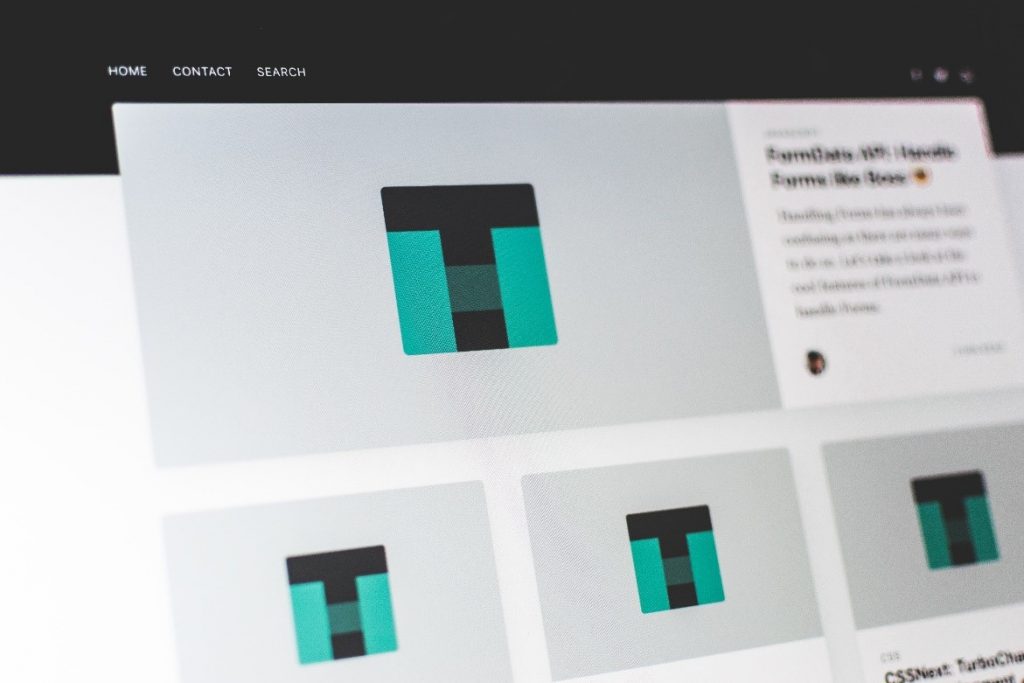Web application development takes any website to the next level, enabling you to create custom applications that are accessible to your users from any browser. Not only do they take up less space on your users’ devices (thanks to the lack of a download), but they also rank in search engines.
This could be a high-value draw for customers trawling the Internet’s backwaters, and it’s one of the reasons we encourage the creation of web applications in the first place. So, what exactly is a web application and how many kinds are there? There are five core types—differentiated based on their function—that you can choose to implement on your site. In this blog post, we’re going to take a tour through each one’s characteristics. Buckle in; it’s time to explore ways to tailor your site.
App Type One: Static

First up, these apps get their name from their static nature. They’re not very flexible or adaptable, displaying only minimal content, which is why they’re used for standard and immovable displays. These are delivered straight to your user’s browser with no alteration on their end, so they see the application exactly as it was created.
You’ll see these kinds of apps on websites everywhere! For example, websites that have portfolios may use static apps to display their past projects and data. You can embed animated objects into the app as well if you wish, but once you hit the upload button it can be difficult to alter yourself. If you need any changes made, you must talk to your developer, as the changes can be complicated.
App Type Two: Dynamic
Next up, we have the antithesis to the static app: the dynamic web application. These are inherently more complex, requiring a lot of technical expertise and a linked database to function. Additionally, unlike static web apps, a dynamic app’s content can be altered without any knowledge of coding.
If you’ve developed a website, you’ve most likely heard of a CMS (content management system). Dynamic web applications are generally linked to one of these, allowing you to jump in to modify the app’s content as you please.
Every time an end-user accesses a dynamic web app, the data will appear differently, as it generates pages in real-time. A very simple example of the dynamic response is the Instagram like button. Before you like a post, the heart has no colour. However, once you click the heart, the server registers your response and generates its own, thus turning the heart red.
For businesses, this is extremely helpful when pushing customers along a conversion funnel. Interactive and responsive websites are more effective when connecting with clients, so these apps get a lot of use in the business world.
App Type Three: E-Commerce
Consider Shopify, which is one of the most well-known website builders for e-commerce brands. Its primary export? E-commerce web applications. In the simplest sense, these apps allow administrators to list products for purchase on their website, then allows users to buy them with a click.

E-commerce website development considers security a top priority, so the app does too. It’s continually processing sensitive data (i.e., credit card data or Paypal logins) therefore requiring top-notch data security. Not only must these apps be trustworthy, but they must also be incredibly responsive and accessible by the administrator at all times.
App Type Four: Portal Web
Portal web applications are exactly what they sound like: they’re a door from one place to another. In this case, your user can access sections or categories of a larger collection through a core portal page. Google, in essence, is a very large portal web application. In fact, all search engines are.
For businesses, portal web applications are generally more useful as communication tools. You can connect people on your time to people using your website in real-time using a portal web app (in the form of a chat). Those little speech bubbles that pop up every time you visit a business website, offering someone to get in touch with? That’s a portal web app.

You can also use this kind of app to section off parts of your website, allowing users access only if they register with you. This delineation is helpful if you want to create a subscription system or as a lead generation method.
App Type Five: Content Management System
The final web app type is the CMS, which we mentioned earlier in this blog post. Being a business owner, you may not have all the coding expertise required to continually update your on-site content with HTML, CSS, and JavaScript. That’s where a CMS comes in. If you’re running a blog portion on your website, or if your business is content-based, a CMS is an essential web app for you.
By implementing a CMS, you’re creating an intuitive and user-friendly portal that allows you to update content, create new pages, and embed media without code. These are typically used in personal blogs, corporate blogs, news pages, media sites, and more. WordPress is a prominent example of this application type!
The power of web applications is endless when they’re utilised creatively, implemented correctly, and managed properly. In other words, you need the right team behind you for the job. That’s where FutureLab comes in.
Talk to our web application development experts about creating a custom web app for your website.
We’re a leading website development company that puts the future in web design, bringing new and creative elements to every website we touch. If you’re looking for creative, practical, and innovative website solutions that will enhance your business, talk to the FutureLab team today.